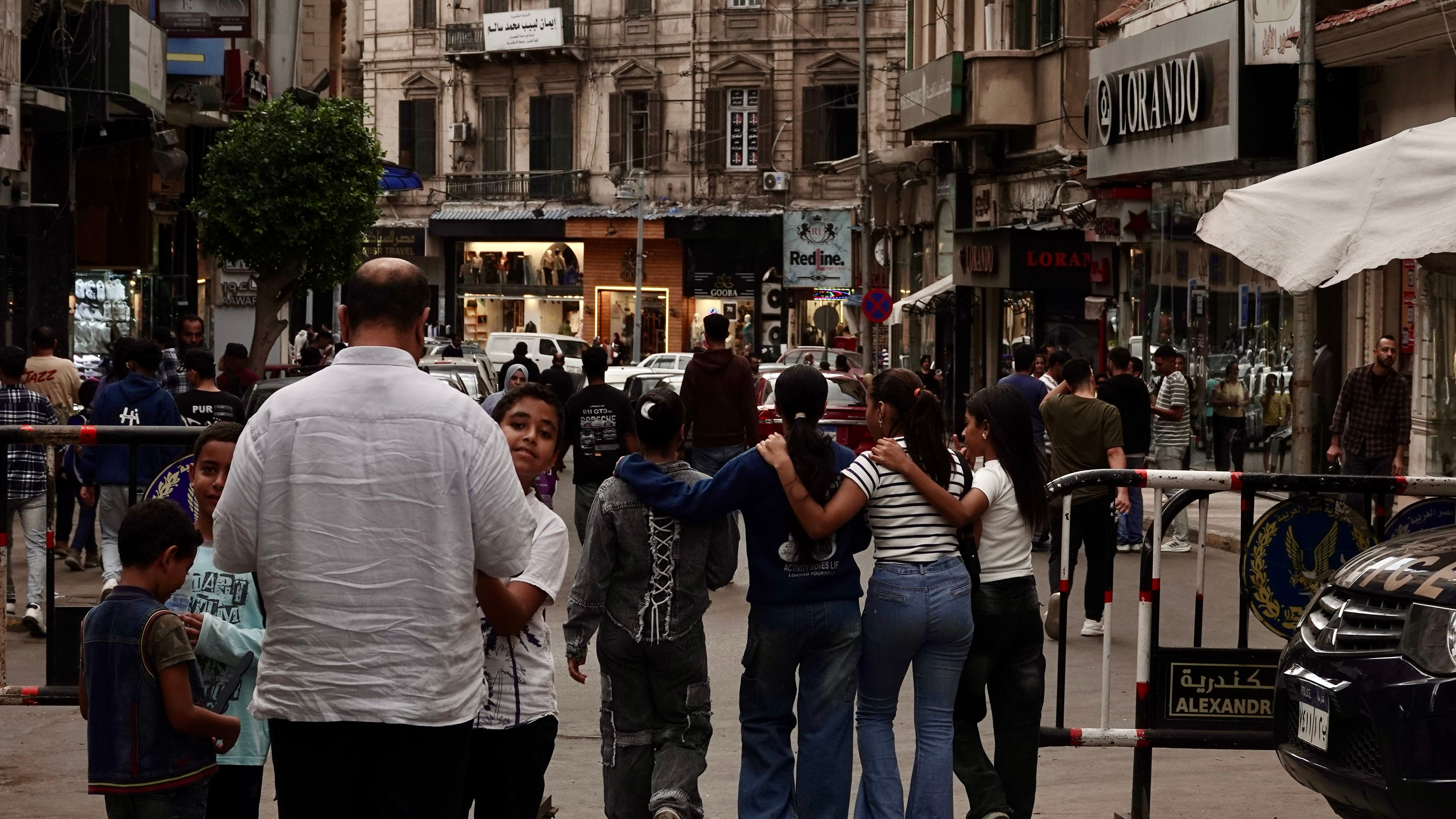Alexandria, Egypt— A City Written in Layers of Light, Dust, and Memory
I woke up this morning, extended my stay in Alexandria by three more nights, and had the urge to tell you about Alexandria — the eternal stage of Cleopatra. Being here, it is impossible not to feel the weight of centuries. Alexandria was not simply built — it unfolded over time. This city took time. A lot of time…
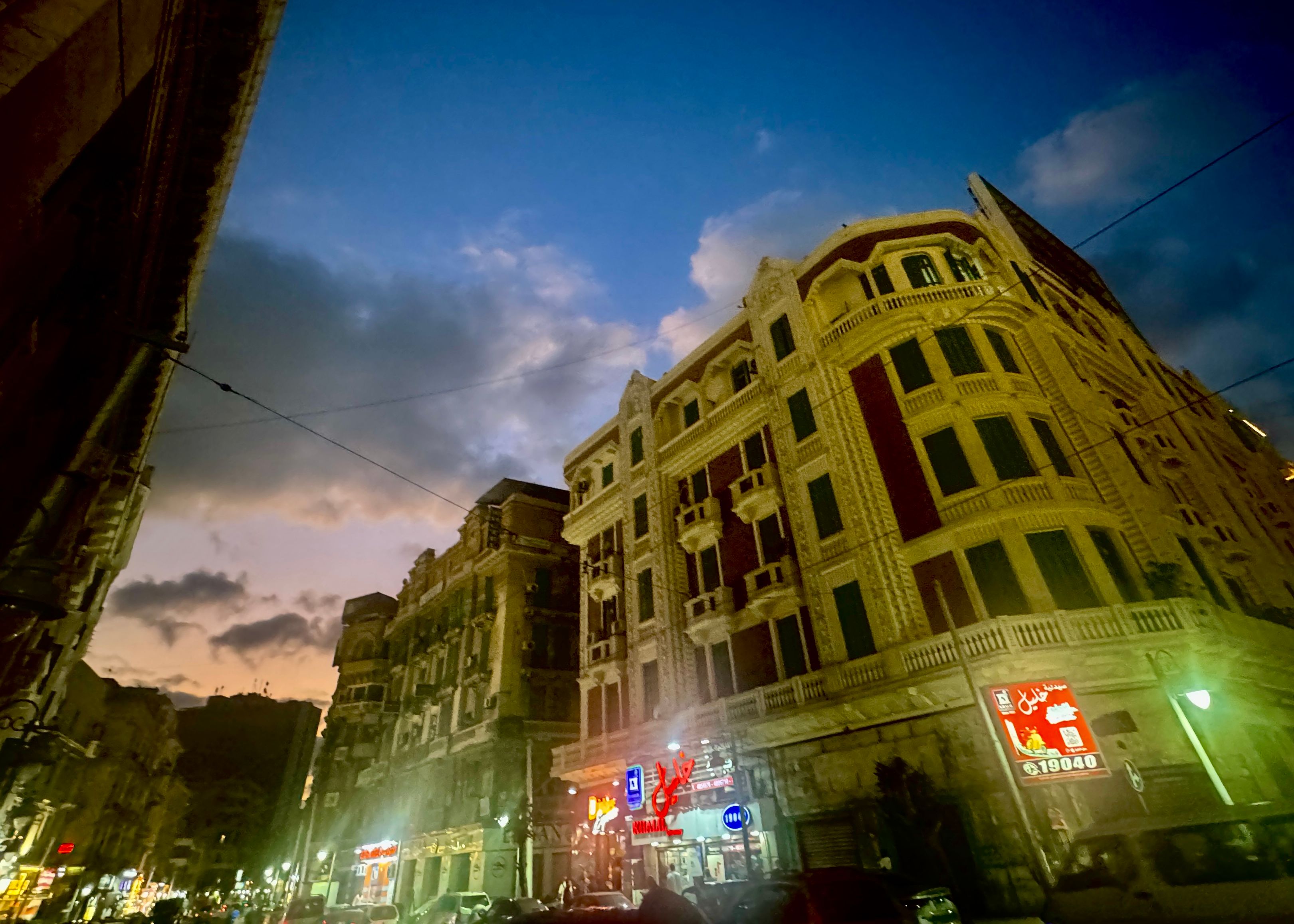
Long Before Cleopatra — Where Did It All Start?
A small fishing village called Ra-Kedoet (Rhacotis). It lay quietly on the western Nile Delta, with a natural harbour, freshwater from Lake Mariūt, and access to the Mediterranean Sea. People fished, traded, and lived peaceful lives — until the Greek Macedonian world saw its potential. This was the link between Egypt’s riches and the wider Mediterranean.
Around 331 BC — Alexander the Great Arrives
Then came Alexander the Great, in 331 BC. His vision was a Greek-style city for the Egyptian domain — linking Greece’s culture, Egypt’s riches, and, of course, the Mediterranean trade.We can credit the architect Dinocrates of Rhodes for the wide avenues and orthogonal streets — he laid out the city in a broad grid plan (the “Hippodamian” style). Even in the narrow lanes of today’s Alexandria, you can still sense that original order beneath the dust and chaos. There is space.Now you can understand why this place is different than Cairo, why I am so fascinated by it that I extended my stay over for 5 days here!
Alexander’s new city was multicultural from the start — Greek settlers, Egyptians, Jews, and merchants from distant lands. Its magnificent harbour, connected by a causeway to Pharos Island, gave it two great ports and access to the world.
30 Years Later — The Ptolemaic Golden Age (305 – 30 BC)
After Alexander’s death in Babylon, his vast empire fractured, and we entered the Ptolemaic Golden Age (305 – 30 BC). His trusted general, Ptolemy I Soter, seized Egypt in 305 BC and crowned himself king — beginning a new era that would last almost three centuries.
Under Ptolemy and his descendants, Alexandria became the beating heart of the ancient world — a city of marble, knowledge, and power. The Library of Alexandria and the Mouseion drew scholars, mathematicians, and philosophers from every corner of the Mediterranean. Temples rose in a new hybrid style — combining Egyptian and Hellenistic architecture. The Cult of Serapis was a blend of Greek and Egyptian religious motifs — it blended gods and beliefs, just as the city itself blended languages and lives.
Two hundred and thirty-six years later, Cleopatra VII Philopator (69–30 BC) ruled from her royal palaces in Alexandria. She was the last pharaoh of Egypt and the last active ruler of the Ptolemaic dynasty, a Greek family that had ruled Egypt for nearly 300 years. Her alliances with Julius Caesar and Mark Antony were as strategic as they were passionate. After their defeat at the Battle of Actium, both, Cleopatra and Mark Anthony, took their own lives in 30 BC, marking the end of Egypt’s pharaohs and the beginning of Roman rule.
The Ptolemies were defeated, and Egypt became a province of Rome. Yet Alexandria retained its importance and became one of the great centres of Christianity — for example, the Patriarch of Alexandria and a major theological school were based here.
The Catacombs of Kom El Shoqafa show this blending of cultures — Egyptian gods wearing Roman robes, Greek faces carved in limestone. Art and faith intertwined. Over time, trade routes shifted, the harbour silted, and Alexandria’s influence began to fade.
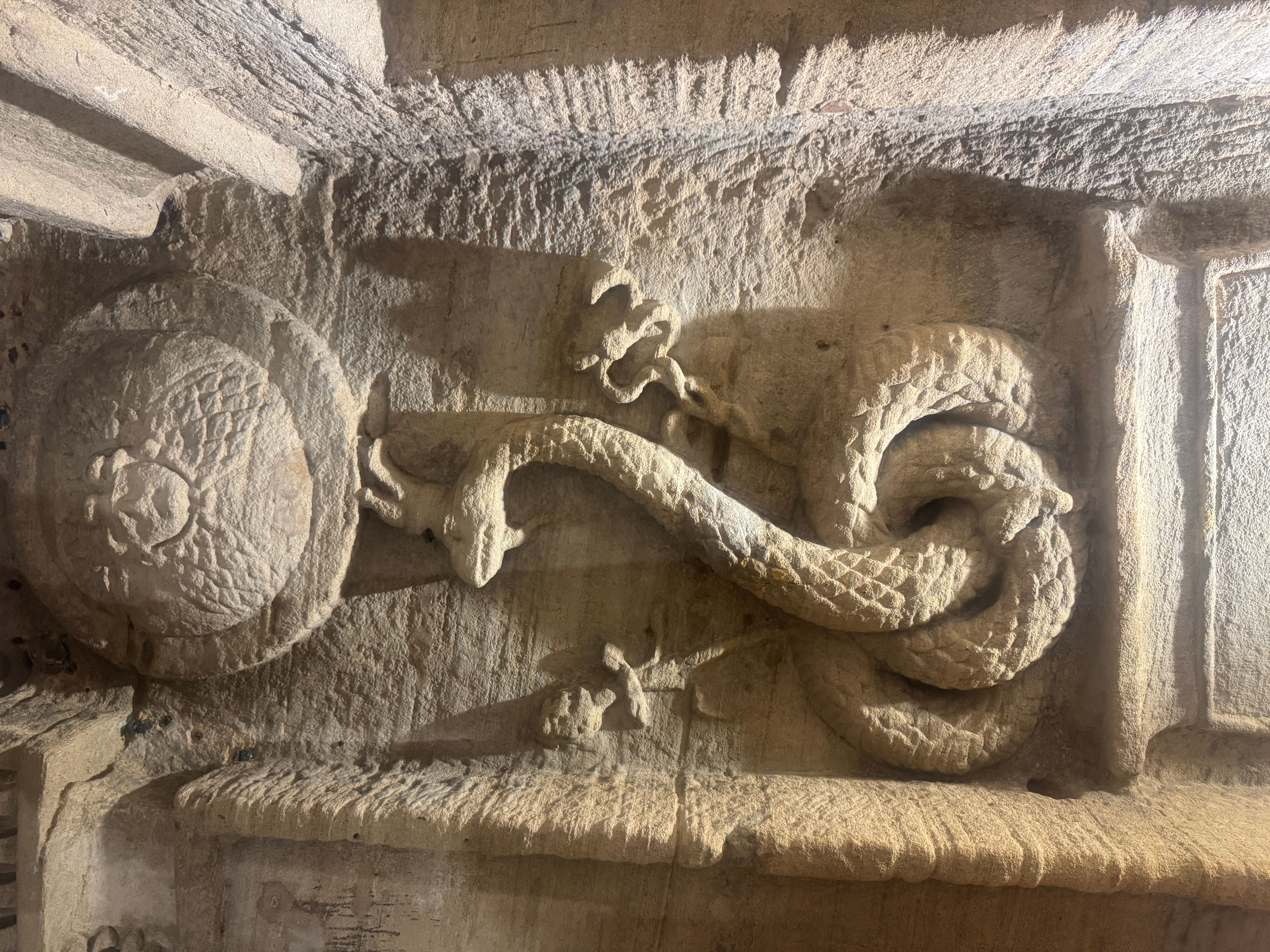
The Roman & Early Christian Period (30 BC – 641 AD)
600 Years Later — The Arab Conquest (641 AD)
The Byzantine Christian administration ended, and the Arab-Islamic era began. During 641 AD, Alexandria fell to the Arabs — but it was not destroyed. A new capital was built inland, called Fustat (today’s Old Cairo), safer from sea attacks and closer to the Nile. Alexandria remained Egypt’s window to the Mediterranean, its Greek, Coptic, and Jewish populations still present. Gradually, Arabic replaced Greek and Coptic as the main language.
Three Hundred and Twenty Years Later — The Fatimid Caliphate (969 AD)
In 969 AD, the Fatimid Caliphate, a Shia dynasty from North Africa, conquered Egypt and founded a new capital: Cairo (al-Qāhira). But Alexandria continued to thrive by the sea. Imagine it then: a harbour alive with sailors, spice traders, and shipbuilders. The scent of salt, coffee, and cardamom in the air. Markets thick with silks, carpets, and copper lamps. Brick mosques with slender minarets and simple domes glowing in the sun. The call to prayer echoing through narrow lanes. This was no longer the city of pharaohs — it was the Mediterranean’s Islamic port, a place where cultures mingled freely.
200 Years Later — The Ayyubids and Mamluks (1171 – 1517 AD)
Two centuries later, Saladin ended Fatimid rule and fortified Alexandria against Crusader attacks. Around eighty years later, in 1250 AD, the Mamluks took over, ruling until 1517 AD. Alexandria was now a vital trading port, especially with Venice and Genoa. The city exported grain, sugar, textiles, and glass, and imported spices, metals, and luxury goods. By the late Mamluk era, trade routes began shifting toward the Cape of Good Hope (Portuguese sea route), reducing Alexandria’s importance. The Citadel of Qaitbay (1477–1479) was built during this era — standing proudly on the ruins of the ancient Lighthouse of Pharos — to defend the harbour from invaders
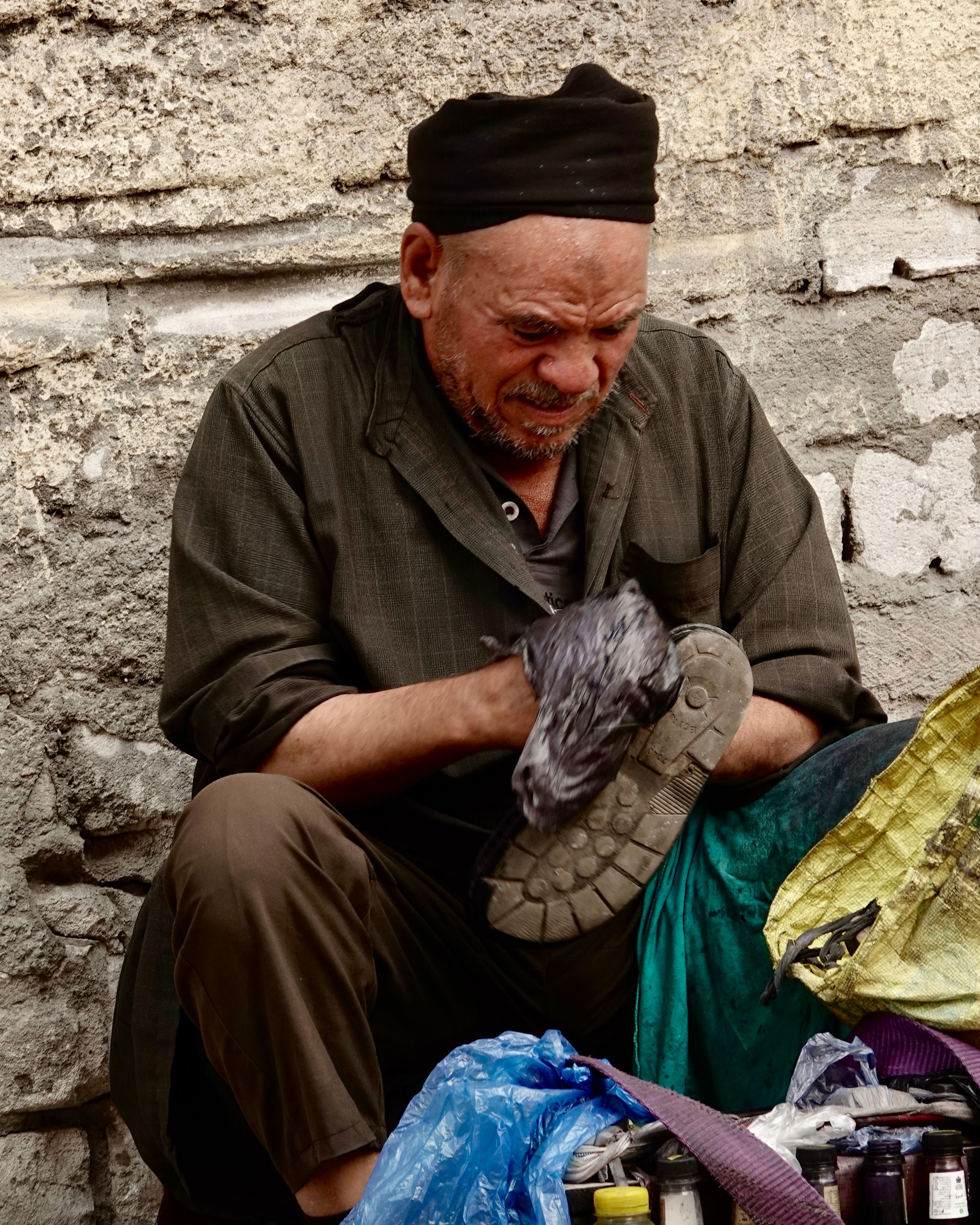
.270 Years Later — The Ottoman Period (1517 – 1798 AD)
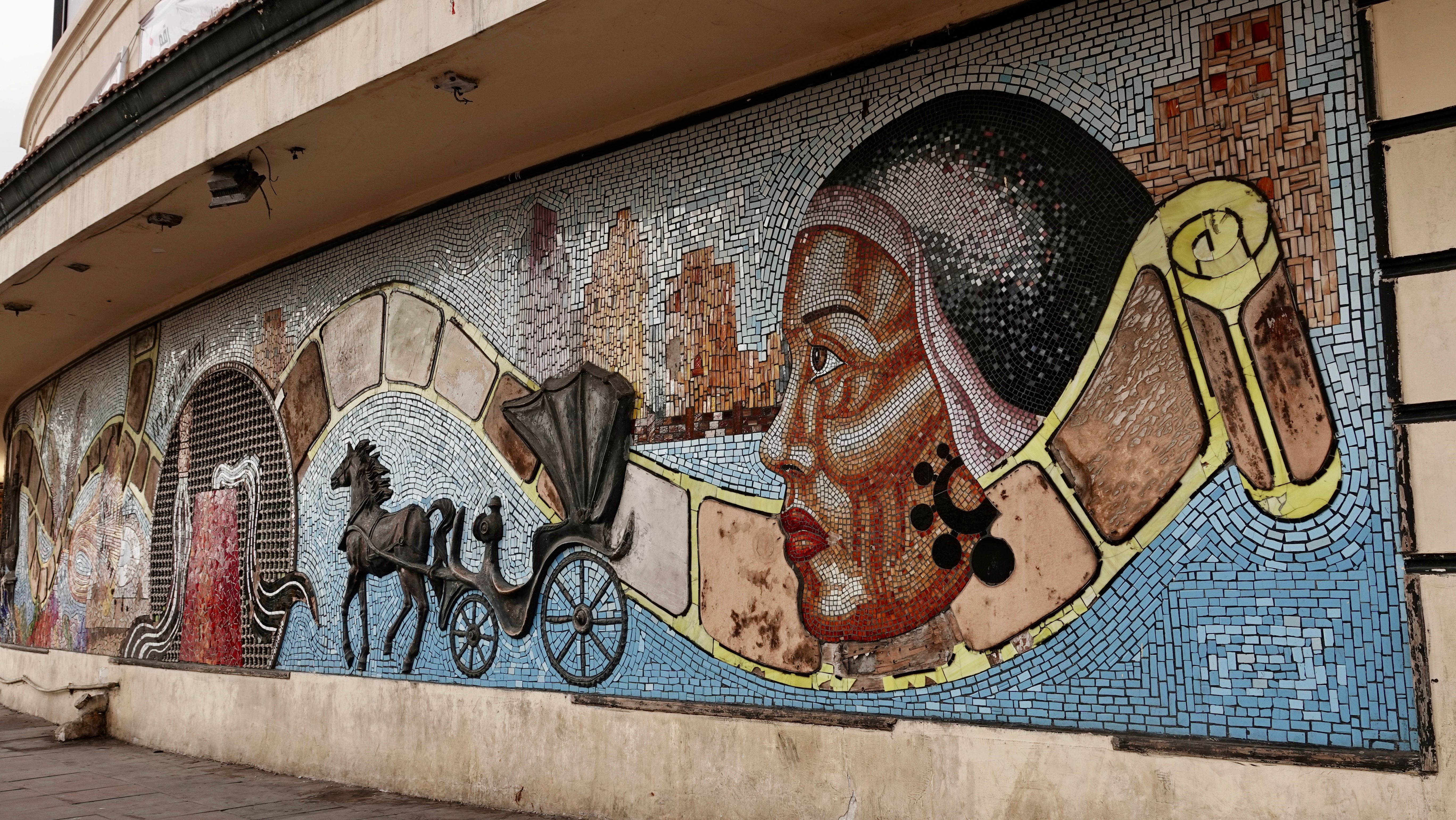
280 Years Later — Napoleon, Muhammad Ali, and the Rebirth (1798 – 1882 AD)
In 1517, the Ottomans defeated the Mamluks and absorbed Egypt into their empire. For almost three centuries, Alexandria quietened again. It became a small provincial port, sending grain, welcoming pilgrims, and surviving on modest trade. The harbours silted up, and much of the city faded into the background. Yet, beautiful Ottoman mosques, narrow alleys, and caravanserais still whispered of better times. But, decay was settling in.
In 1798, Napoleon Bonaparte invaded Egypt — briefly — and left behind a spark of ambition. When he departed, Muhammad Ali Pasha, an Albanian Ottoman officer, seized power. Though nominally under the Ottomans, he ruled Egypt as his own and rebuilt Alexandria into a modern powerhouse. He dug the Mahmudiya Canal linking the Nile to the sea, built shipyards and factories, and reopened Egypt to global trade once more. By the mid-1800s, Alexandria was thriving again — a cosmopolitan port filled with Greeks, Italians, Armenians, and Jews. Elegant villas, balconies with shutters, and cafés by the sea — this was the start of the elegant Mediterranean city we still see traces of today.
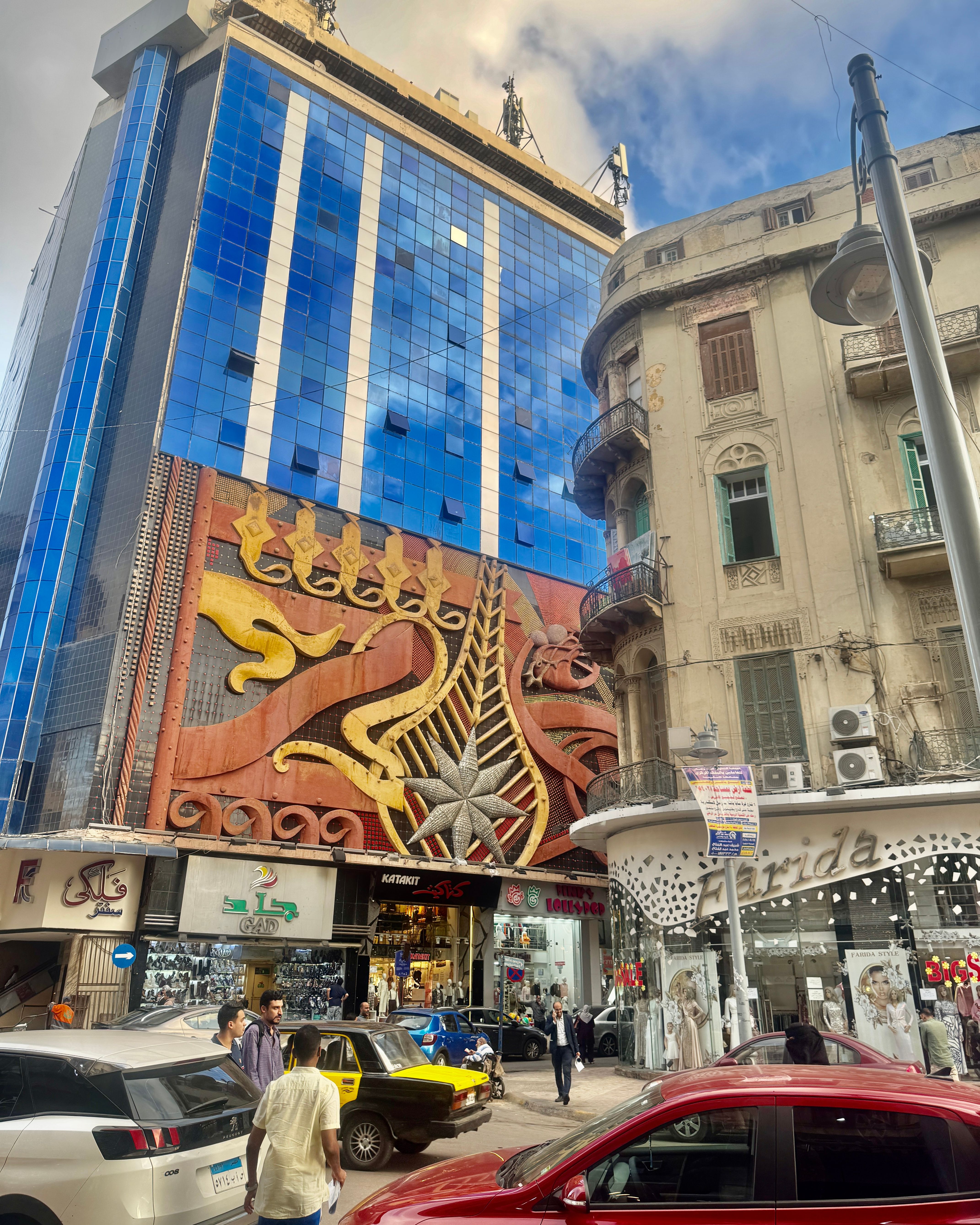
1882 — The British Occupation (1882 – 1952 AD)
And then there are the hidden layers — those you cannot see.Alexandria has been shaken more than once by the earth itself. The great earthquake of 365 AD brought waves that swallowed parts of the old harbour, and centuries later, tremors in 956 AD and 1303 AD finally silenced the Lighthouse of Pharos, one of the Seven Wonders of the Ancient World. Today, divers still find marble columns, sphinxes, and statues resting on the seabed — fragments of vanished temples and royal palaces. It is on my bucket list to scuba dive here, although I am told the water is not clear — the sea guards its secrets well. Between the tides and the shifting sands, the lost city of Cleopatra — I am sure if you listen carefully, you will hear waves of soft voices beneath the water, whispering stories untold — a reminder that even when empires fall, stories remain.
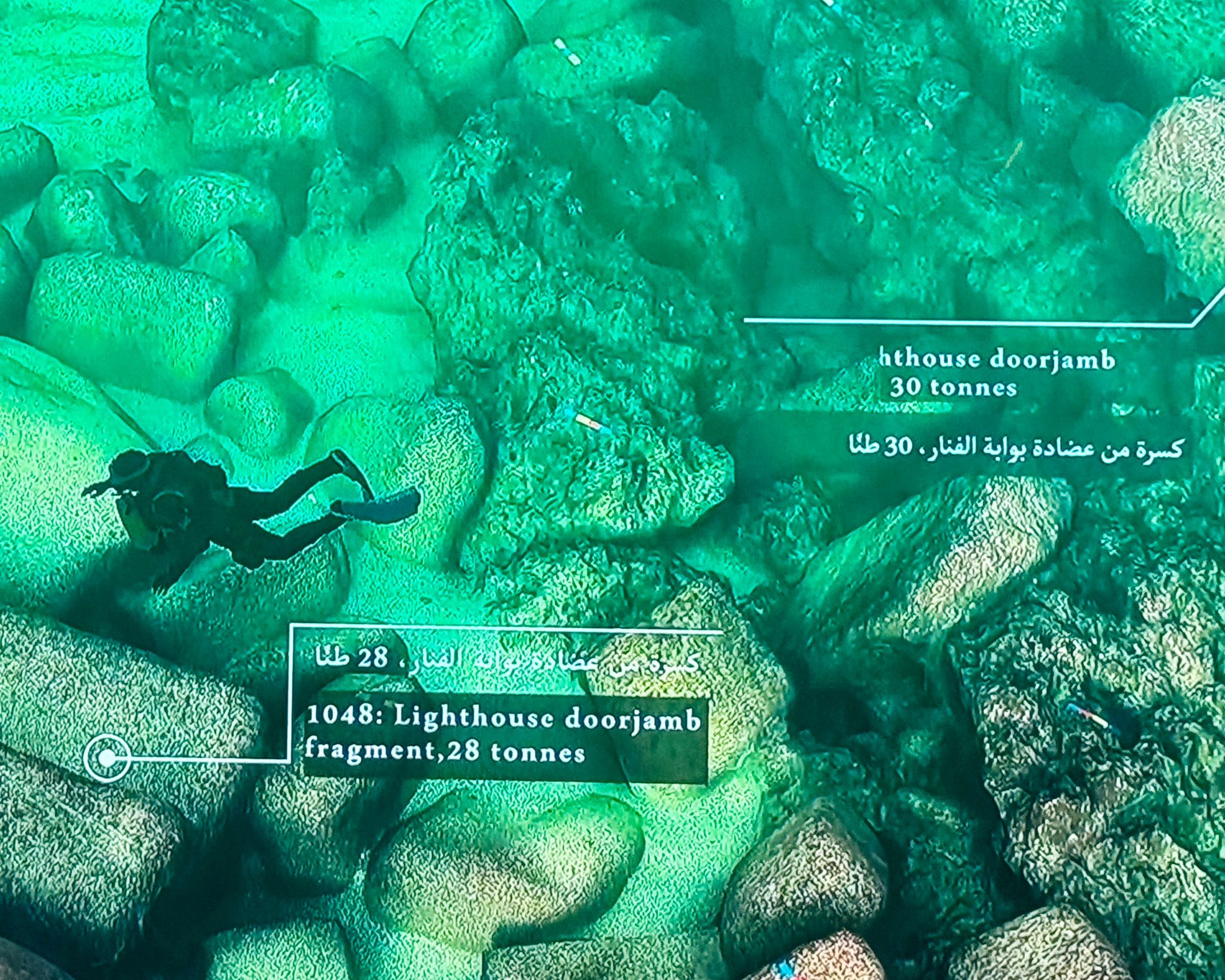
In 1882, Britain occupied Egypt after the ‘Urabi revolt. Alexandria became the commercial heart of colonial Egypt — elegant mansions, opera houses, and European cafés lined the streets. (Credt to the British Empire!) The buildings I walk past now — the arched windows, high ceilings, and carved shutters — belong to that late 19th- and early 20th-century pride of the Mediterranean.
Reflections — A City of Time and Dust

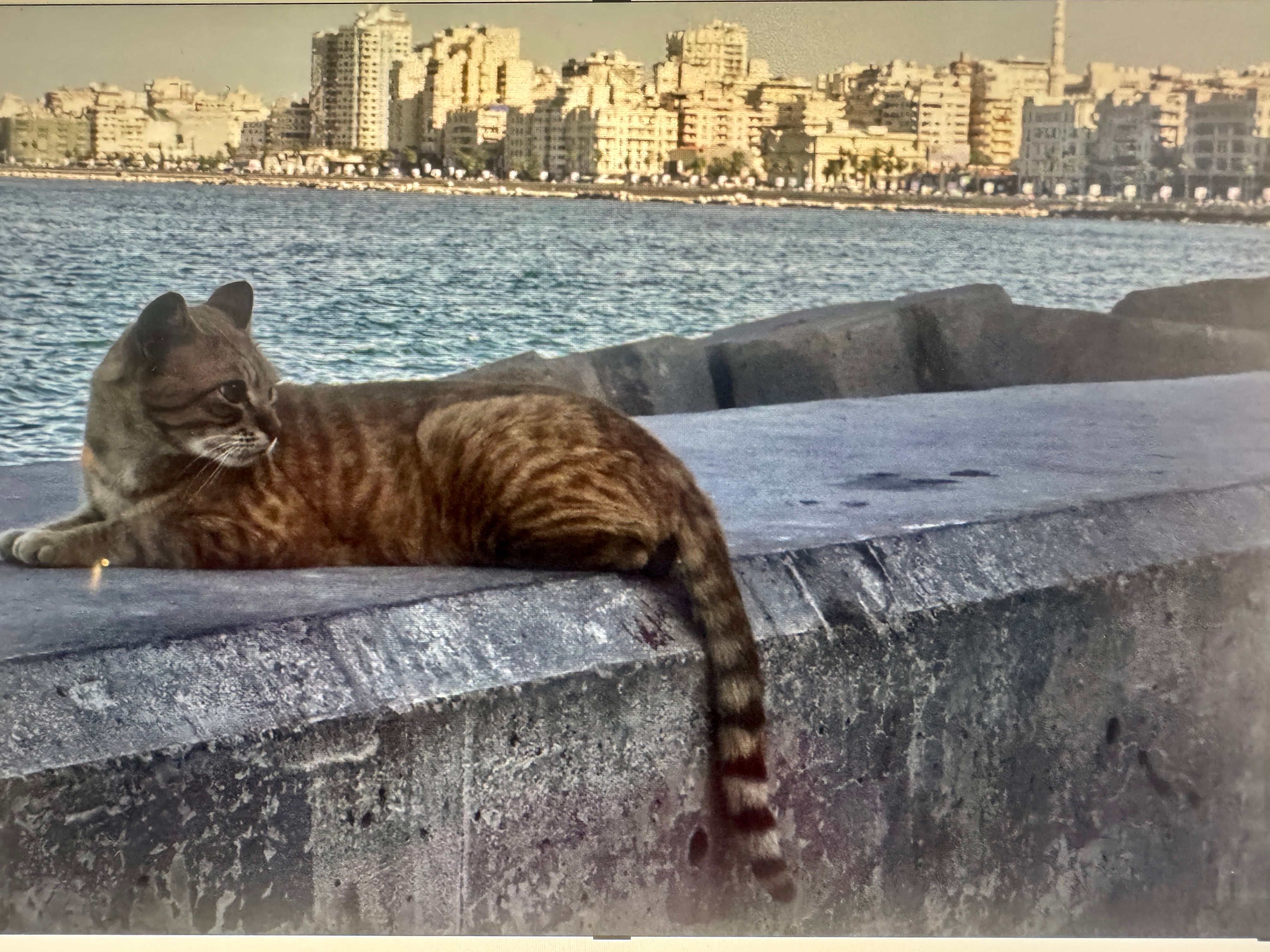
Alexandria has been everything — a fishing village, a Greek port, a Roman capital, a Christian sanctuary, an Arab city, an Ottoman outpost, and a European beauty. Every few hundred years, someone new arrived and reshaped her. But the sea never left — the same horizon, the same wind, the same salt. If one could just dust it off, Alexandria would shine again like the Bride of the Mediterranean. Layered. Luminous. Eternal. Visiting Egypt? This must be on your bucket list.
